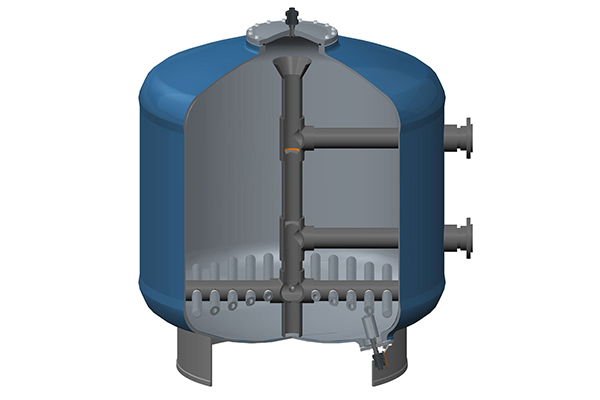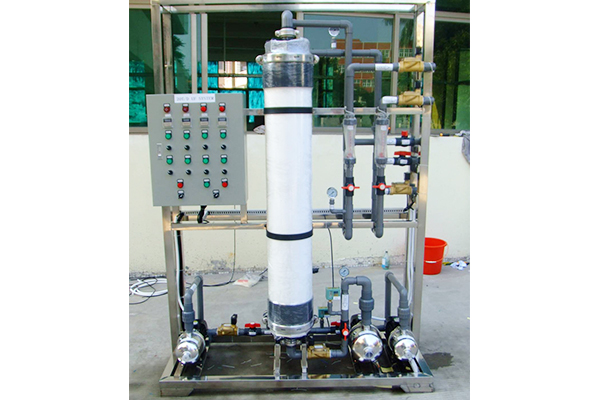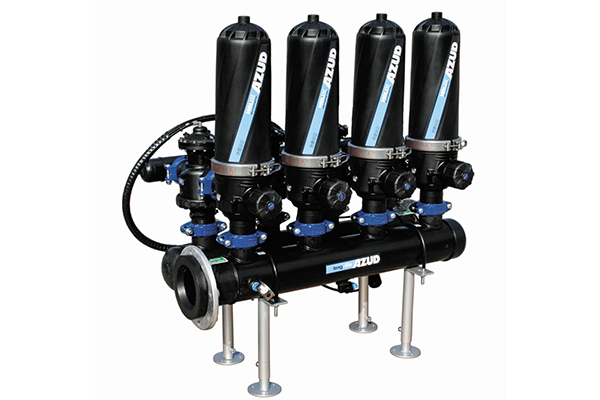E – LIFE filtrations are most advanced water filtration products with latest technology like UV sterilizers ( e‐boiling chamber), Ultra filtration (UF) , Nano filtration (NF), and with fully automatic backwash technology for filters too .
Pressure Sand / Carbon Filter:
The history of water separation reaches far back to the Greek era. when Pores Clay Vessels were used to filter water. Sand-based filtration is a more traditional method but now it has technically evolved to the modern era. There are several kinds of sand filters as slow, Rapid and Up flow filters. The surface area of the media like Silex, fine sand is used to capture particulates in modern methods.
@ E-Life we have made “Pressurized SAND Filter” technically adaptive for day-to-day use with Automatic Self Clean Technology (Auto Backwash & Rinse) to make human dependence to Zero. It can be time-based or Volume based Operation as it demands to remove any kind of particulars to less to 30-micron level.
“Activated Carbon Filters”, due to its high degree of microporosity (one gram has a surface area of 3000m2) is used to remove Organic pollutants and smell from water Depending on the Water Quality. The IV (Iodine Value) of carbon, say IV 600, IV900, IV1200 in Granular or Coconut Shell is used.
“Dual Media Filtration” as combining both Upflow Sand &Activated Carbon Filtration technique is also available. Single Vessel is used with Sand Filtration media and Activated Carbon Filter removing both particulars and Organic Contamination at the same time.
Ultra Filtration System (UF):
Ultra Filtration is a type of membrane filtration in which hydrostatic pressure forces a liquid against a semipermeable membrane. The membrane barrier acts as a filter for all particles over 10 – 20 micron in size forcing fine sand, pollen, algae, bacteria, viruses, germs, and organic molecules, etc to be filtered. The filtrate is this pure and can be used for RO feed or water distribution of potable grade.
Advanced Disc Filtration System:
A disc filter is a type of water filter used primarily in water prefiltration and irrigation, similar to a screen filter, except that the filter cartridge is made of a number of plastic discs stacked on top of each other like a pile of poker chips. Each disc is covered with small grooves or bumps. The discs (or rings) each have a hole in the middle, forming a hollow cylinder in the middle of the stack. The water passes through the small passages in between and the impurities are trapped behind
Filtration quality is usually measured in microns, based on the smallest size particle filtered. The typical range is from 10 microns for the finest level of filtration to 400 microns for the coarsest. Disc filters can be used for many types of contaminants, including fine sand and organic matter. However, when used to filter organic matter, they will clog more quickly than a media filter and will have to be cleaned more often. One advantage that the disc filter has over the media filter is that it can backflush more quickly with less flush water











